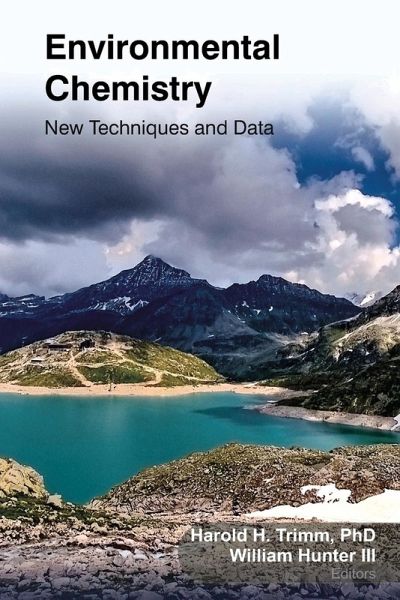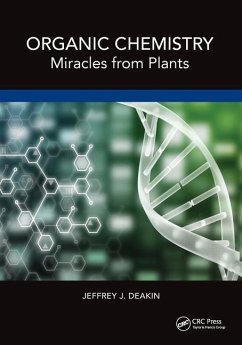
Environmental Chemistry
New Techniques and Data
Herausgeber: Trimm, Harold H.; Hunter, Iii
Versandkostenfrei!
Versandfertig in 1-2 Wochen
98,99 €
inkl. MwSt.

PAYBACK Punkte
49 °P sammeln!
This title includes a number of Open Access chapters. Environmental chemistry is an interdisciplinary field of study that involves the science of ecology as well as chemistry. Environmental chemistry covers the basic chemistry and biochemistry that occur naturally in the world around us. It focuses on the air, water, and land. En














